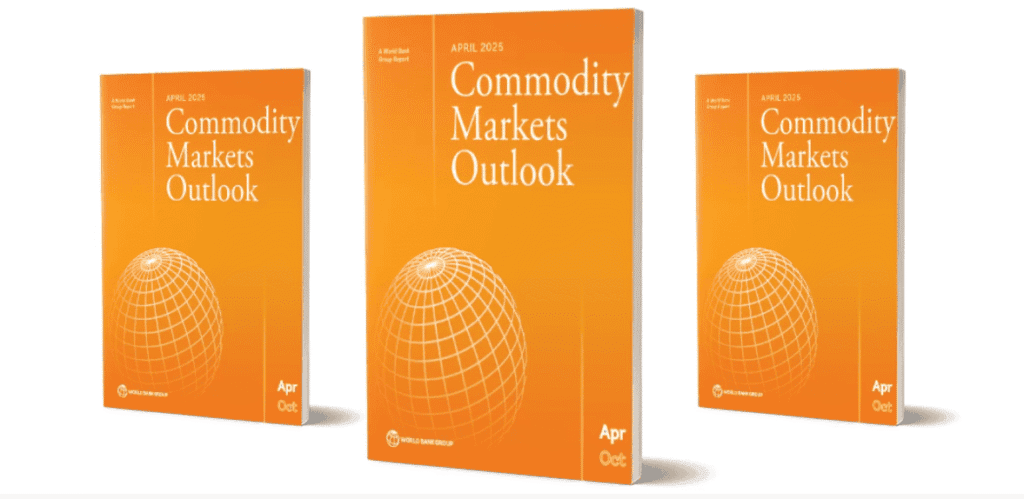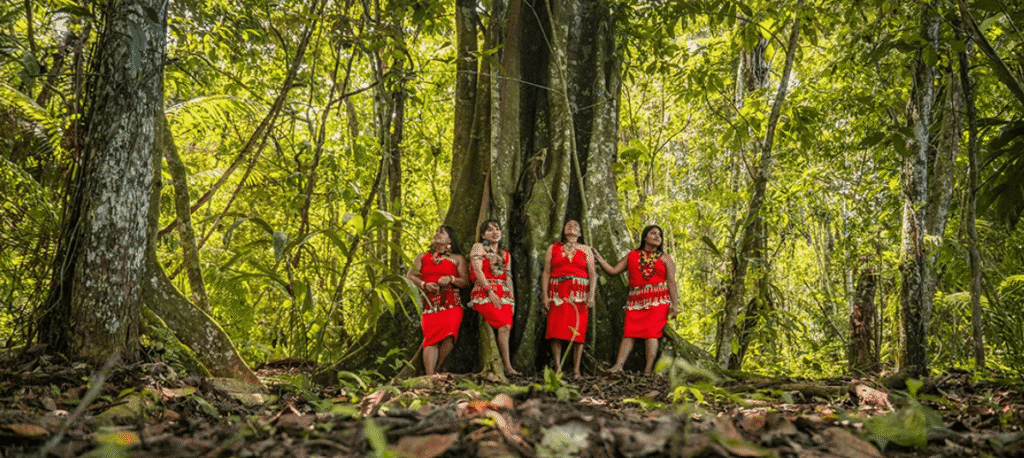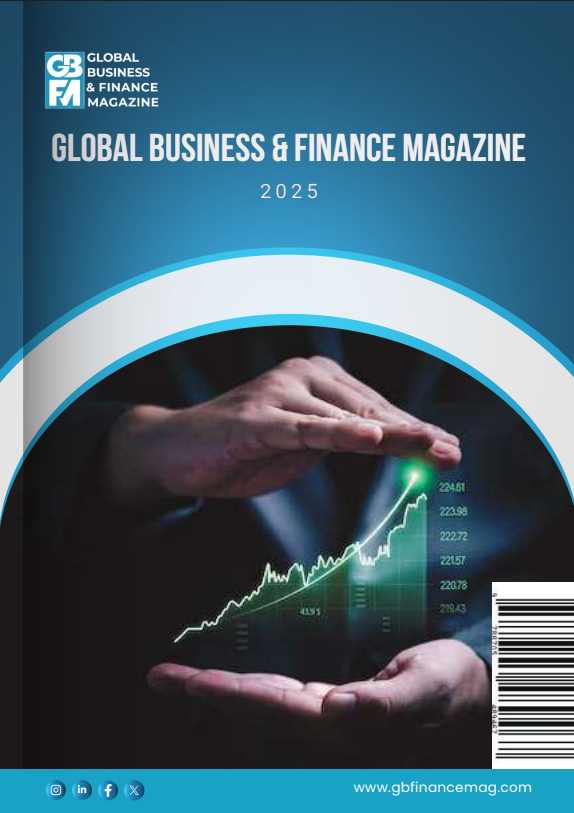How developing countries can measure exposure to the EU’s carbon border adjustment mechanism

In January 2026, the European Union will require importers of certain carbon-intensive goods to pay for their products’ embodied carbon emissions. The policy, known as the
The rise and retreat of US inflation: An update

During the pandemic, annual CPI inflation in the US rose sharply to a peak of 9% in June 2022. This column argues that the rise
Charting a smarter ocean future for Thailand

Thailand’s coastal and marine resources are vital engines of growth. From pristine beaches that attract millions of tourists each year to the Eastern Economic Corridor
Anatomy of the Phillips curve

The Phillips curve describes the relationship between inflation and real economic activity over the business cycle. This column challenges the notion that the Phillips curve
Oil steadies on supply risks, OPEC+ output increase

Oil prices held steady on Wednesday after the U.S. barred Chevron from exporting crude from Venezuela, but an expected decision from OPEC+ later this week to
Tariffs and retaliation: A macroeconomic analysis

Implementation of the “Liberation Day” tariffs on the US’ trading partners would have far-reaching consequences for international trade patterns and the US and global economies.
The Commodity Markets Outlook in eight charts

The views expressed in the Let’s Talk Development blog are solely those of the author(s). Commodity prices are projected to decline in 2025, driven by
Agreed and disagreed uncertainty: Rethinking the macroeconomic impact of uncertainty

The conventional wisdom is that uncertainty leads to economic contractions, but recent evidence challenges this assumption. This column introduces two novel concepts of uncertainty –
Oil rises as market eyes US-China trade talks, lower US output

Oil prices pared gains on Wednesday but rose for a second session, finding support from positive investor sentiment over U.S.-China trade talks to be held
Protecting Indigenous Peoples’ rights amid growing demand for land and critical minerals

Over half of the world’s critical mineral reserves are located on or near Indigenous lands. As demand for critical minerals is set to surge 500 percent by 2050—and





